Imagine this: You wake up, grab your morning coffee, and find that without lifting a finger, your business outreach is already working for you. Hundreds of potential customers are receiving well-timed, personalized emails while you focus on other priorities. This effortless marketing magic happens thanks to powerful sequences of automation of emails.
Email automation sequences have transformed the way businesses communicate with their audience. Instead of manually sending messages or hoping for engagement, these sequences create a strategic flow of emails that nurture leads, onboard new customers, or encourage repeat purchases—all fully automated. But what exactly are email automation sequences, and how can you leverage them to boost your marketing results?
In this article, you’ll learn everything you need to know about crafting effective sequences of automation of emails. We’ll dive into why these sequences are essential, how they work, and the key elements that make an email series successful. Whether you’re a small business owner, marketer, or entrepreneur, by the end of this guide, you’ll have actionable insights to build your own email automation sequences that increase engagement, drive sales, and save you precious time.
Get ready to unlock the true potential of your email marketing strategy with expertly designed sequences of automation of emails. Let’s begin!
Why Email Automation Sequences Are More Important Than You Think
In the fast-paced digital world, where consumers are bombarded with countless messages daily, email automation sequences have emerged as a game-changer for businesses aiming to connect with their audience effectively. But what exactly are email automation sequences, and why should marketers and entrepreneurs prioritize them in their communication strategies?
Email automation sequences are a series of pre-written, strategically timed emails sent automatically to subscribers based on specific triggers or behaviors. Unlike one-off email blasts, these sequences nurture leads, drive conversions, and build lasting relationships by delivering relevant and personalized content throughout the customer journey.
The importance of email automation sequences is underscored by compelling statistics. According to a study by the Data & Marketing Association, automated emails generate 320% more revenue than non-automated campaigns, highlighting their unmatched efficiency in driving sales. Moreover, businesses that use automation sequences see open rates that can reach 70.5%, significantly higher than standard email marketing open rates, which typically hover between 15% and 25%.
Consider the story of a small e-commerce startup specializing in organic skincare products. By implementing a well-crafted email automation sequence, the company engaged new subscribers with a welcome series, followed by educational content about skincare routines, and then personalized product recommendations. Within six months, their conversion rate increased by 35%, and customer retention improved drastically. This success was possible because the automated sequences delivered timely and relevant messages, building trust and rapport without inundating the recipient.
In summary, email automation sequences are more than just a convenience; they are a strategic necessity in digital marketing. They enable businesses to foster meaningful interactions, minimize manual effort, and maximize return on investment. Understanding their context and benefits is the first step toward leveraging their power to transform your email marketing efforts.
How to Implement Email Automation Sequences Step by Step
Mastering email automation sequences can dramatically elevate your marketing efforts, turning casual subscribers into loyal customers. But how exactly do you set up these sequences effectively? In this section, we’ll guide you through a detailed step-by-step process to create powerful and engaging email automation sequences that resonate with your audience and boost conversions.
1. Define Your Goal for the Automation Sequence
Before crafting any email, clarify the purpose behind your automation sequence. Are you aiming to nurture leads, onboard new users, recover abandoned carts, or promote a product launch? Knowing your goal will inform the tone, content, and timing of your emails.
Example: If you want to nurture leads, the sequence might focus on educating prospects about your solution and establishing trust.
2. Segment Your Audience
One of the most effective practices in building email automation sequences involves segmenting your email list. Narrow down your contacts based on behavior, demographics, purchase history, or engagement level. This ensures your automation remains relevant and personalized.
Pro tip: Use tags in your email marketing platform to group subscribers who downloaded an eBook versus those who signed up for a webinar.
3. Map Out the Email Flow
Sketch a clear timeline for your sequence. Determine:
– How many emails you want to send
– The interval between each email
– The action or reaction expected from the recipient after each message (e.g., opening the email, clicking a link)
A typical automation might start with a welcome email on day zero, followed by value-driven content on days 2, 5, and 8, then a call-to-action email on day 10.
4. Write Compelling, Relevant Content
Content is king, especially in email automation sequences. Each email should provide value while gently nudging your prospect closer to your end goal. Craft subject lines that grab attention and body copy that fosters connection.
Consider varying the format:
– Email 1: Welcome and brand story
– Email 2: Educational article or video
– Email 3: Customer testimonial or case study
– Email 4: Exclusive offer or invitation
5. Personalize Your Emails
Personalization goes beyond inserting the recipient’s first name. Reference previous interactions, suggest content or products based on their preferences, and use dynamic fields to tailor emails precisely.
Example: “Hi Sarah, I noticed you checked out our marketing automation tools last week, so I wanted to share this exclusive tutorial with you.”
6. Set Up Triggers and Conditions
Most email platforms allow you to automate your sequences based on triggers and user behavior. Set up conditions such as “Send Email 3 only if Email 2 was opened” or “Add subscriber to cart abandonment sequence if they leave items in their basket for 24 hours.”
These conditional paths ensure your emails stay relevant and reduce subscriber fatigue.
7. Test and Optimize Your Sequence
Before going live, test every step of your automation. Verify that links work, images load correctly, and emails send at the right times. Use A/B testing on subject lines or calls-to-action to discover what resonates best with your audience.
After launch, continually monitor key metrics:
– Open rates
– Click-through rates
– Conversion rates
– Unsubscribe rates
Make data-driven adjustments to improve your email automation sequences over time.
By following these detailed steps, you can create email automation sequences that not only drive engagement but also build meaningful connections with your recipients—turning casual email sign-ups into loyal advocates for your business.

Tips for Mastering Email Automation Sequences:
✅ Map your customer journey: Understand each stage to tailor your emails perfectly.
✅ Personalize your emails: Use the recipient’s name and preferences to boost engagement.
✅ Segment your audience: Divide your list based on behavior or demographics for targeted messaging.
✅ Craft compelling subject lines: Grab attention and improve open rates.
✅ Use clear CTAs: Make it easy for readers to know what action to take next.
✅ Test and optimize: A/B test different elements like content, timing, and frequency.
✅ Set appropriate timing: Space emails thoughtfully to avoid overwhelming your audience.
✅ Monitor performance metrics: Track open rates, click-throughs, and conversions to refine your strategy.
✅ Avoid spammy language: Keep your content genuine to maintain trust and deliverability.
✅ Incorporate storytelling: Engage readers with relatable stories to foster connection and loyalty.
💡 Extra tip: Always include an easy unsubscribe option to respect your audience’s preferences and comply with regulations.
Key Concepts
Understanding email automation sequences requires delving into a few foundational ideas that form the backbone of this powerful marketing strategy. At its core, an email automation sequence is more than just a series of scheduled messages; it is a carefully choreographed conversation between a brand and its audience, unfolding over time in a manner designed to nurture relationships, guide decisions, or prompt specific actions.
The Narrative of Timing
Imagine an email automation sequence as a symphony where each note—or email—is timed perfectly to evoke a desired emotional response. Timing is paramount. Unlike sporadic broadcasts, automated sequences unfold with precise intervals, creating rhythms that feel natural rather than intrusive. This cadence helps cultivate anticipation, establishes trust, and subtly guides recipients through a tailored journey.
Personalization as the Soul of Sequences
Beneath the surface of every effective email sequence lies personalization, the invisible thread weaving connection and relevance. It transforms generic messages into conversations that resonate deeply with individual recipients. Think of it as a skilled storyteller adjusting the plot based on who’s listening, ensuring that each message echoes the recipient’s desires, behaviors, and past interactions. This level of customization often hinges on data—such as recipient preferences, purchase history, or engagement patterns—and gives life to sequences that captivate rather than alienate.
Trigger Events: The Catalysts
Trigger events are the sparks that ignite automation sequences. These are specific actions—or inactions—by a subscriber that signal readiness or need, such as signing up for a newsletter, abandoning a shopping cart, or downloading a resource. Their role is akin to a novel’s plot twist that launches a new chapter; they activate a tailored sequence that aligns perfectly with the recipient’s current mindset or position in the customer journey.
The Journey Framework: Mapping Emotional and Logical Progression
Conceptually, sequences map out a journey akin to a hero’s quest. Each email serves as a milestone—building trust, addressing objections, imparting knowledge, or creating urgency. The progression is carefully balanced between emotional triggers and rational incentives, fostering a narrative that appeals to both the heart and mind. This dual engagement is essential; emotions spark interest, while logic justifies action.
Automation Technology: The Orchestra Conductor
Behind the scenes, automation tools act as conductors, orchestrating the flow with precision and scalability. They enable marketers to set complex conditions and rules that define how and when messages are sent. Think of these platforms as sophisticated engines driving the seamless execution of sequences, ensuring that every email lands in the right inbox at the right time, echoing with relevance.
Metrics as the Story’s Feedback Loop
An often overlooked but vital concept is the role of metrics within email sequences. Open rates, click-through rates, conversion rates—they provide ongoing narrative feedback, revealing how the story is received by the audience. This data informs refinements, enabling marketers to re-craft sequences, optimize messaging, and deepen the engagement. In essence, metrics serve as the pulse checking the audience’s heartbeat, guiding the evolution of the sequence.
In summary, email automation sequences are not merely mechanical dispatches but carefully constructed dialogues shaped by timing, personalization, triggers, emotional and logical choreography, technology, and continuous feedback. Understanding these concepts illuminates why sequences have become indispensable tools for marketers aiming to connect authentically and at scale.
Frequently Asked Questions about Email Automation Sequences
❓ What are email automation sequences?
Email automation sequences are a series of pre-written emails that are automatically sent to subscribers or customers based on specific triggers or time intervals. They help nurture leads, onboard new customers, or engage existing users without manual effort.
❓ How can email automation sequences improve my marketing?
By using email automation sequences, you can deliver timely, relevant content to your audience, increasing engagement and conversions. They save time, ensure consistent communication, and personalize the customer journey effectively.
❓ Do I need technical skills to set up email automation sequences?
Not necessarily. Many email marketing platforms offer user-friendly drag-and-drop builders for creating email automation sequences. Basic understanding of your marketing goals and audience helps, but no advanced technical skills are required.
❓ How often should I send emails in an automation sequence?
The frequency depends on your goals and audience preferences. A typical email automation sequence might send an email every few days or weekly. Testing different intervals can help find the perfect balance so you don’t overwhelm your subscribers.
❓ Can I customize email automation sequences for different segments?
Absolutely. One of the key advantages of email automation sequences is the ability to tailor content for different audience segments. Customization increases relevance and improves engagement rates significantly.

